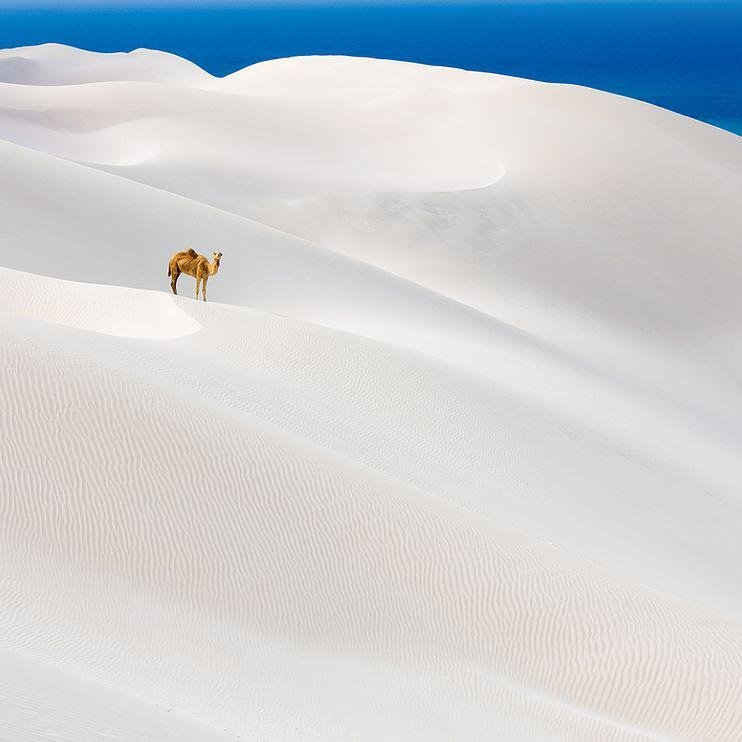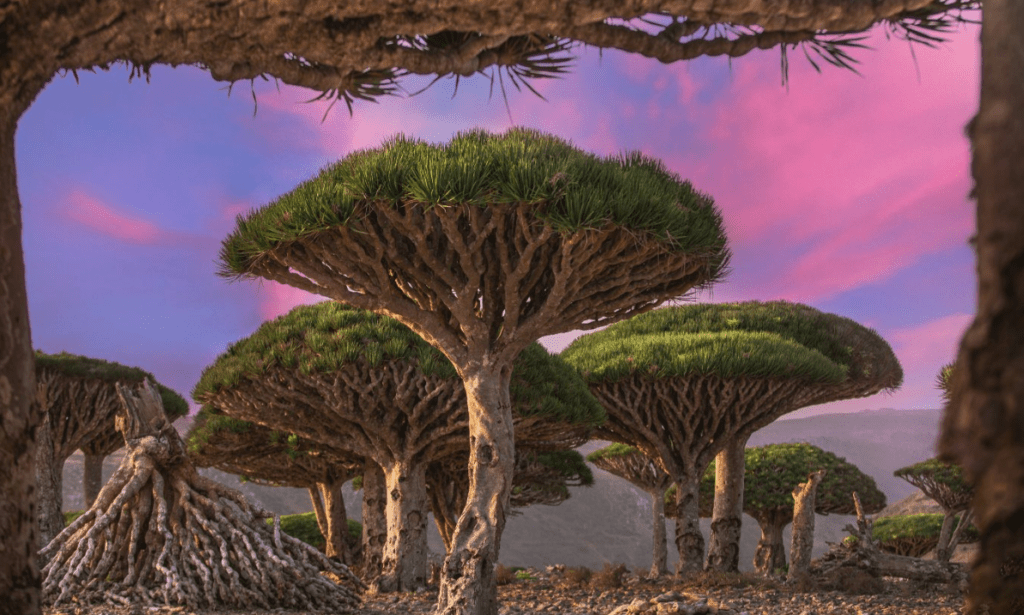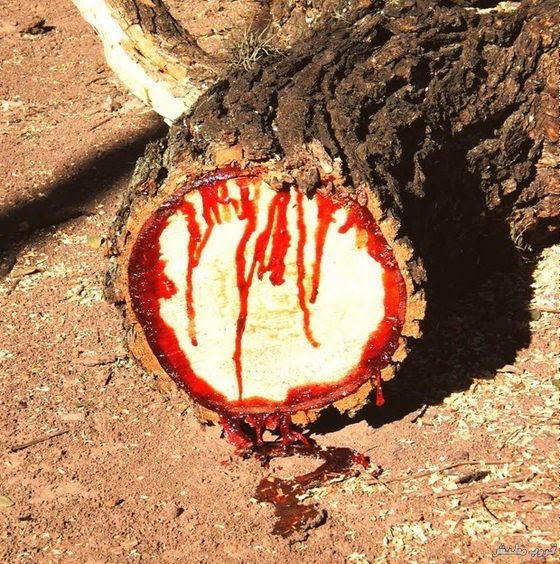Tucked away between the Arabian Peninsula and the Horn of Africa lies Socotra Island, aka the “Galapagos of the Indian Ocean.” Situated approximately 380km south of Ras Fartak, Yemen, the island has been one of marvel, of mystery, of bliss, of mysticism, and in contemporary times, a sci-fi archipelago. Declared in 2008 by UNESCO as a World Heritage Site, Socotra plays a pivotal role in regards to biodiversity and wildlife conservation, as it’s considered to be one of the top five islands globally that play an important environmental role. Known for its healing and aromatic resins, the best aloe vera in the world, dragon blood, and home to over 825 plant species of which 37% of them are endemic, Socotra is home to a variety of plants and fauna that are found nowhere else on the planet. The archipelago consists of four main islands, Samha, Darsa, Abd Al Kuri, and Socotra, and is divided into three different topographies which include the igneous Haggeher mountains, the limestone plateau, and the coastal plains.
So, if you haven’t imagined it till now, what kind of Star Trek voyage can you expect here?
Dragon Blood Tree
This endemic tree is found across the limestone plateaus and mountains of granite across the island. The Dragon Blood Tree’s red sap has been used in the past centuries for medicinal uses, and as a source of food for livestock, as small quantities of berries were fed to cows and goats for its health benefits. Some of its medical properties include: anti-diarrheal, anti-ulcer, anti-microbial, anti-inflammatory, and antioxidant. Used in the past for dyeing wood, as a breath freshener, spiritual rituals and magic, this tree was considered to be a cure-all, and in an epic form not to mention.
Dating as far back as 2400 B.C., Dragon’s blood was apparently rubbed in the wounds of gladiators as a way to speed up the healing process. The peculiar umbrella-shaped look, straight out of science fiction, is just another way this species has masterfully adapted towards its environment.
Dendrosicyos (Cucumber Tree)

In 1882, Scottish botanist Isaac Bayley Balfour was the first to describe this bizarre tree. An endemic species, the cucumber tree does not achieve a superior growth in height, but it certainly achieves a unique looking bottleneck shape, which landed another nickname as the bottle tree. The tree’s flowers are yellow or orange in color, and the fruits that it bears are cylinder-shaped, and is sharp on both ends of it. In order for the cucumber tree to survive, it requires dry climate, as well as heat and savage winds.

In addition, the Dendrosicyos has been used for its medical benefits as well, including treating urinary issues, liver problems, and diabetes, as well as being used for decorative purposes, but it’ll always be remnants of an alien planet to us.
Socotran Chameleon

Chameleo monachus is native to Yemen’s Socotra, and is found no where else in the world. When alarmed, this reptile releases a somewhat heckling sound, which depends on its mood at that moment. Its capability of altering its skin pigmentation color to adapt to the surrounding environment is yet another impressive feature of this reptile, making it almost invisible. Although not an endangered species, the chameleo monachus’s main threat is overgrazing.
Celestial Beaches

Flooded in pure white sand, the pearl sand dunes of Socotra beaches can reach up to hundreds of meters high, giving you a taste of the alien island’s sky. Towards the northern beaches, hawksbill sea turtles come in order to lay their eggs. Towards the southern end of the island lies the longest and most isolated beach of the archipelago, Omag (Amak Beach). With a vast panoramic view of the Indian Ocean, it makes this beach an ideal setup for camping.

Towards the Western side of the island lies Qualansiyah, a jewel of Socotra, where a boat ride for about an hour takes you to Shouab Beach to observe dolphins, witness several species of the island’s birds, stingrays, and coral reefs. Most of all though, you can pretty much call these beaches your own since the experiences are quite private.
Socotra Natives
Besides being home to some of the most eccentric, mysterious and beautiful sights, flora and fauna in the world, Socotra is home to around 50,000 people, who have not only co-existed with the environment of the archipelago, but also served as its dedicated guardians. They’ve played a vital role for maintaining the island’s rich biodiversity, using its resources for millennia, and created a system of traditional rules that help in protecting the sacred environment.

The natives of the island speak their own Semitic language called Soqotri, which consists of various different dialects. A pre-literate language that has no written form, the language could go extinct due to the development of Socotra and it opening up more and more to the Arab region.





